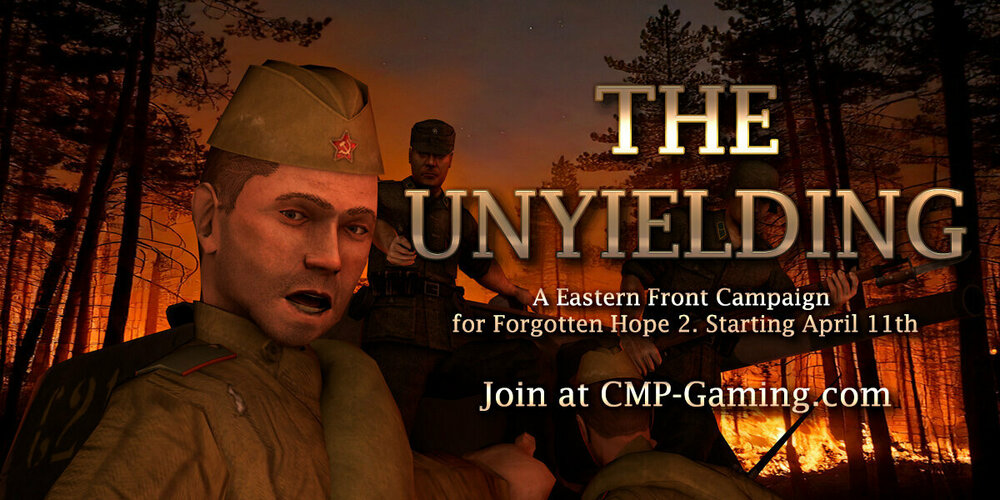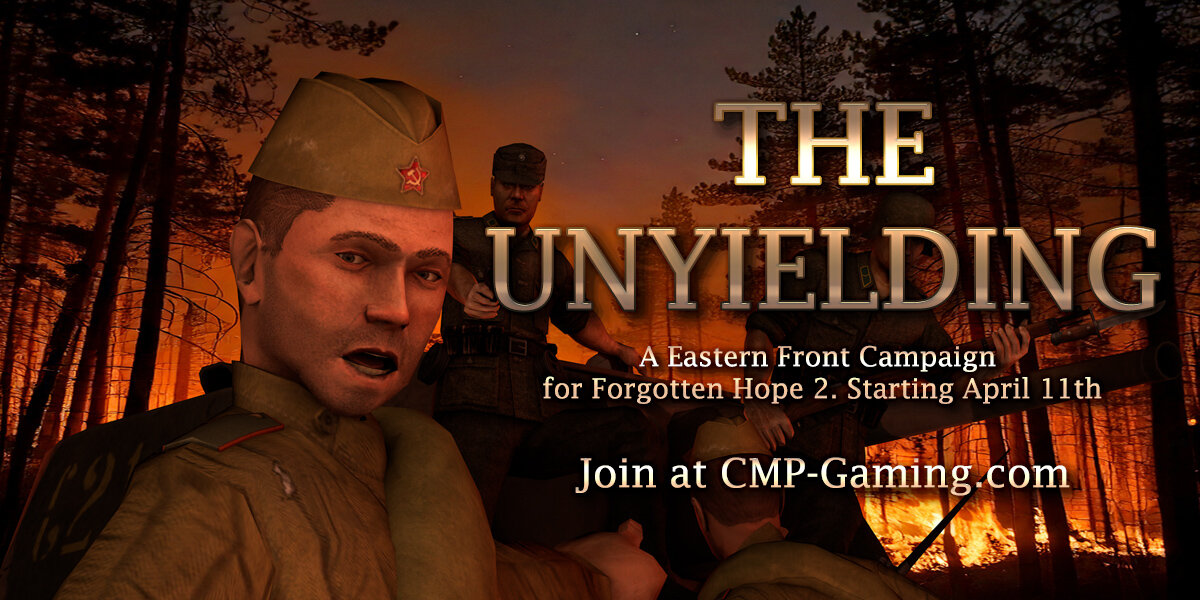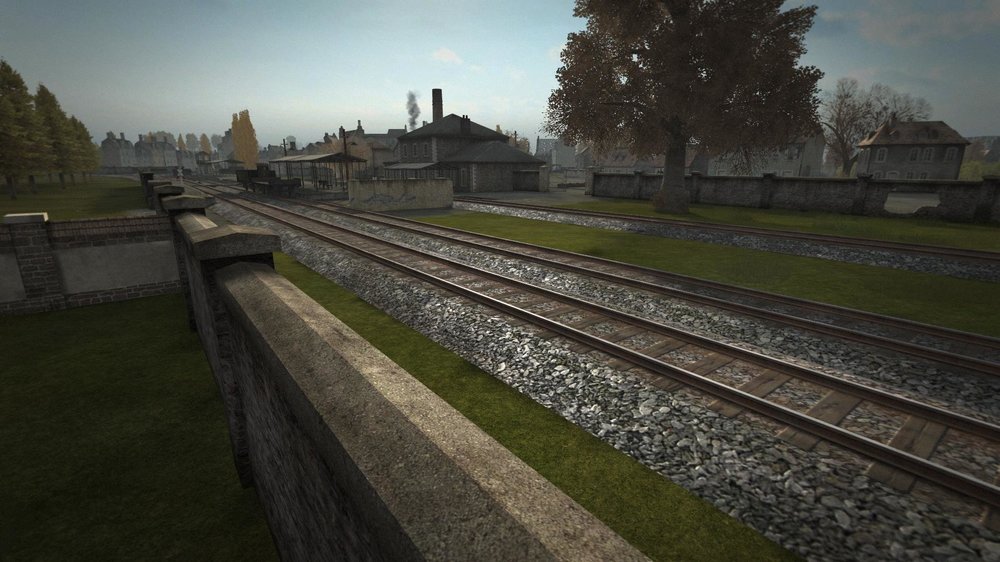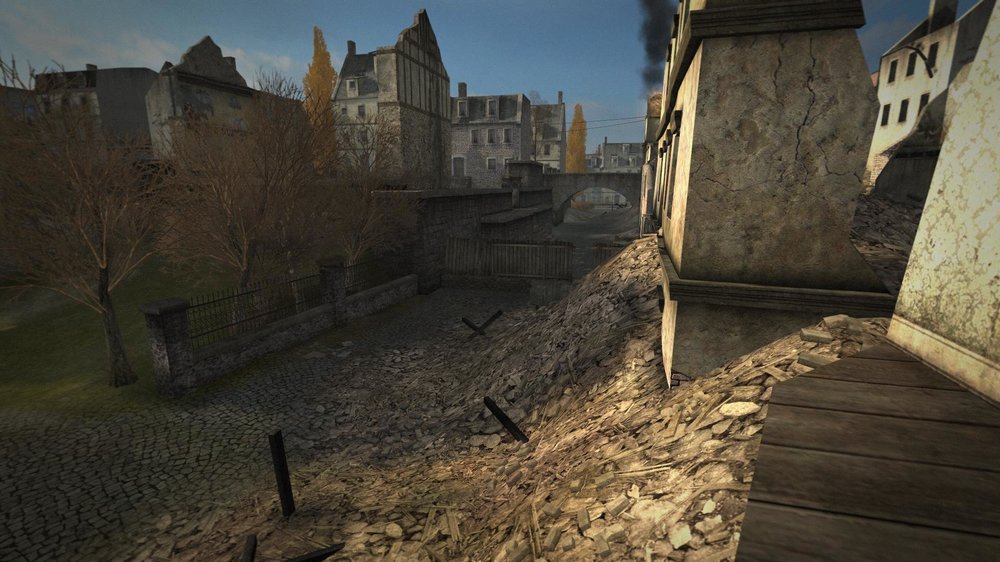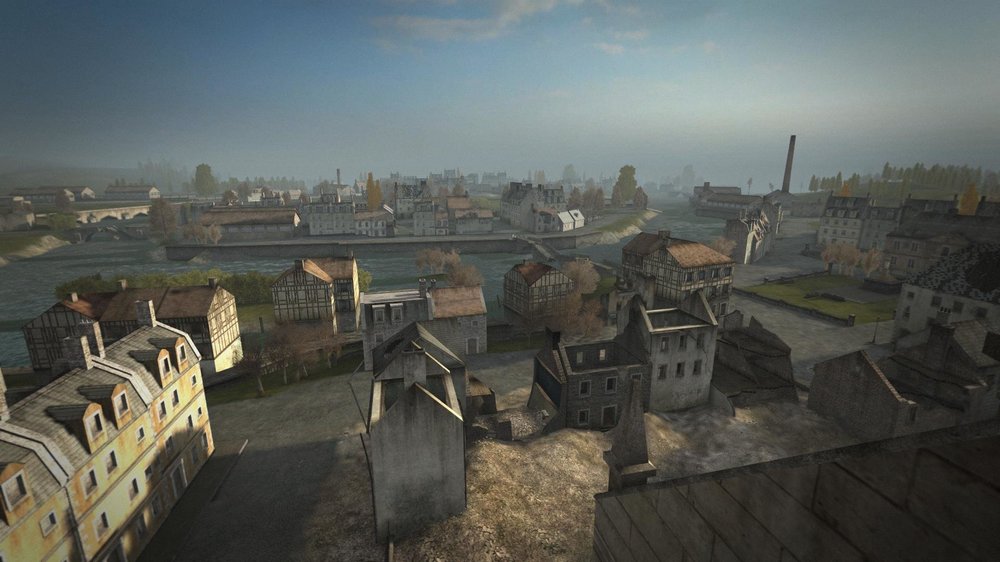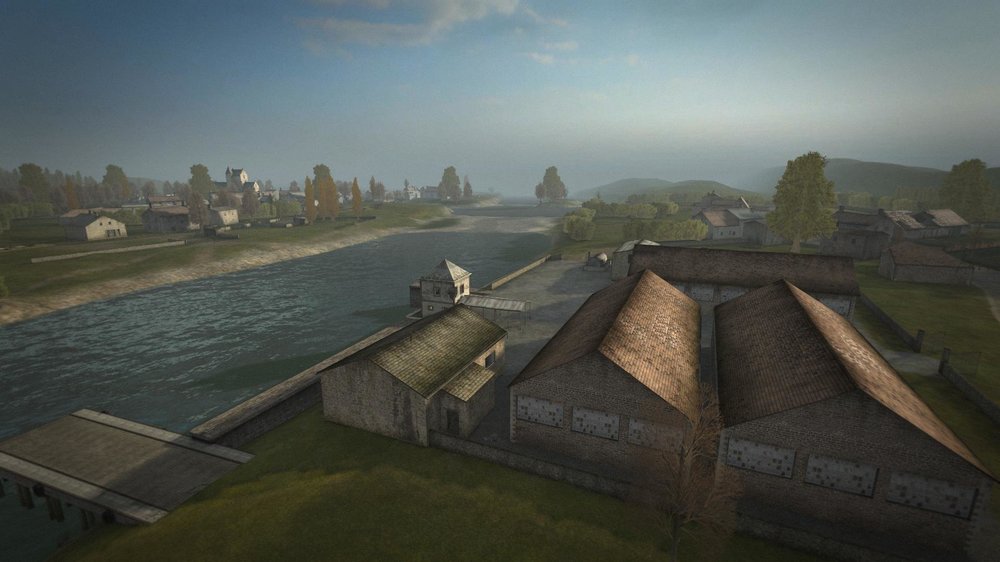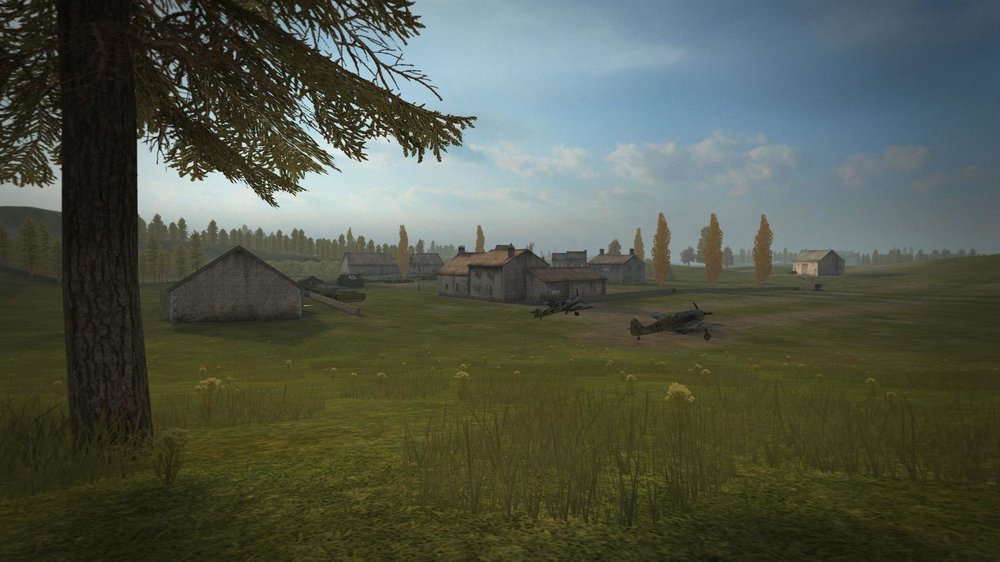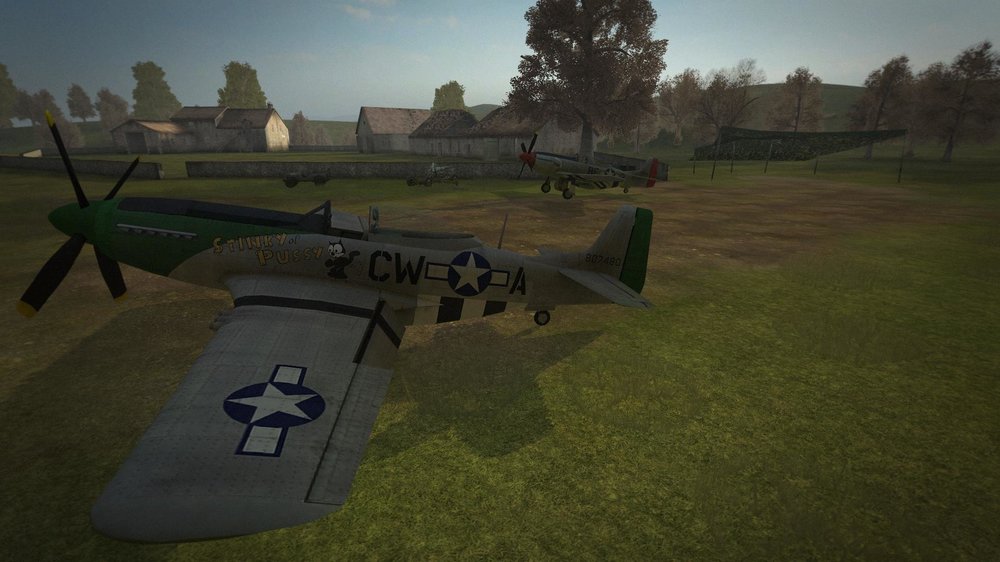
FH2 Campaign #14 - Their Finest Hour: Battle #8 Metz
Event created by Quicksilver
Event details
CMP FH2 Campaign #14: Their Finest Hour
Battle #8: Metz
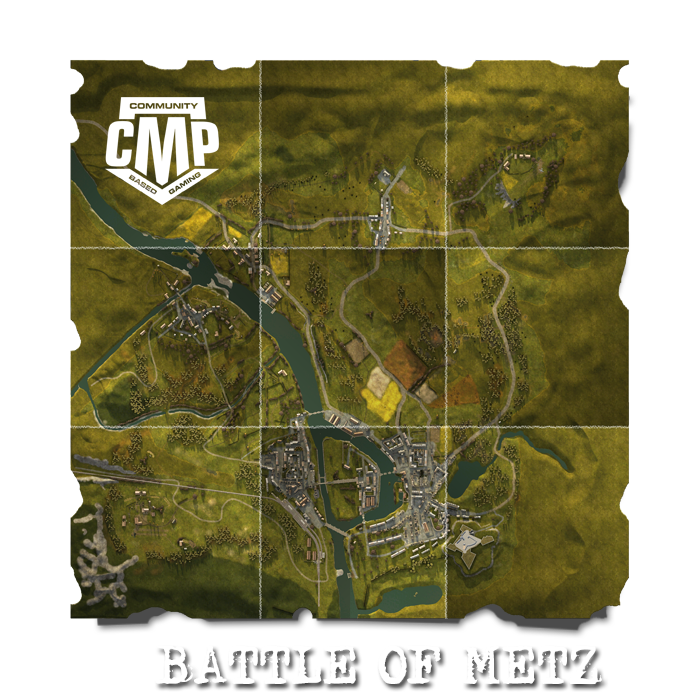

History
"The first U.S. attack was launched by the 95th Infantry Division, in which they attempted to capture a bridgehead to the north of Metz. This attack was repelled by the German forces, as was another attack on the city that followed. In another attack, the US forces captured a small bridgehead across the Moselle to the south of Metz.
By the end of September, German forces positioned to the north had moved to the southern area of Metz. Some troops were also withdrawn from Metz. After this development, the XII Corps launched another attack but was countered by the German defenders. In the following two weeks, the U.S. forces limited themselves to small scale attacks and patrolling in the Metz area. During this time, the XX Corps underwent a training program, experimenting with methods of reducing the defenses of the fortress. By this time, the U.S. command had decided to attack Metz from its rear, coming from the east.
On 3 November a new attack was launched by the U.S. forces, which resulted in the capture of the outer defenses with the aid of the tactics developed during the training process. On 14 November Generalleutnant Heinrich Kittel was appointed as the new commander of the German forces. By 17 November, U.S. forces had managed to isolate most of the forts, and were attacking the city. German forces had been retreating since 17 November, and U.S. forces pursued them for the following two days. U.S. forces entered Metz on 18 November, and on 21 November Kittel was wounded and subsequently captured. Although the city itself was captured by U.S. forces and hostilities formally ceased on 22 November, the remaining isolated forts continued to hold out.
Direct assault was forbidden against the holdout forts in order to preserve artillery ammunition for the XX Corps' advance to the Sarre River and the isolated forts subsequently surrendered one by one following the surrender of Fort Verdun on 26 November. By the end of November, several forts were still holding out. The last of the forts at Metz to surrender was Fort Jeanne d'Arc, which capitulated to the U.S. III Corps on 13 December."

